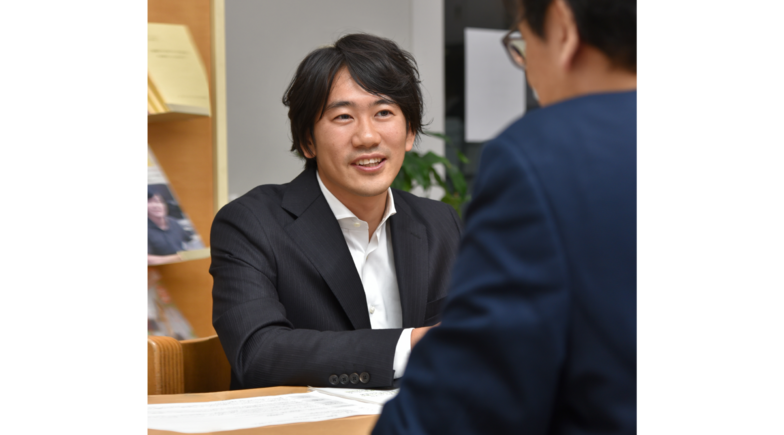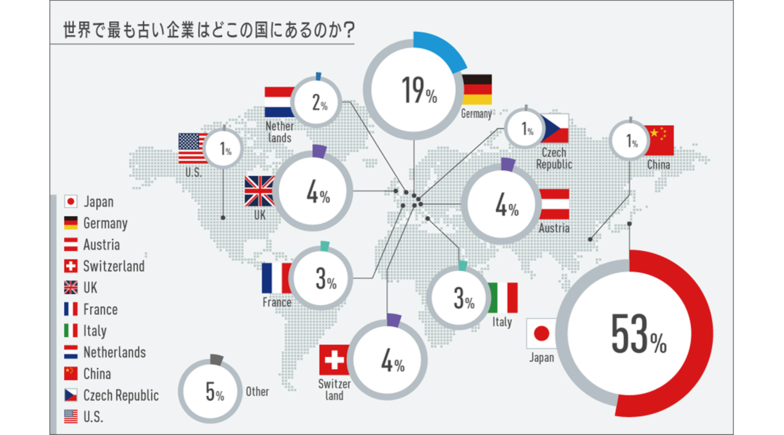In recent years, Japan has seen growing calls for developing global talent and organizational reform amid the globalization of business environments. However, discussions often focus on areas where Japan falls short compared to the West—such as Japanese people's perceived lack of logical thinking skills, weak leadership among executives, and organizational homogeneity. This column aims to shine a light on Japan's inherent hidden strengths and appeal, exploring them through dialogue. Our first guest is Professor Hiroshi Tanaka of Chuo University Business School, a leading authority in brand marketing research. Takayoshi Miyabayashi, Senior Researcher at DENTSU SOKEN INC. Japan Studies Group, conducted the interview.
Miyabayashi: Before we dive into the main topic, could you tell us a little about yourself, Professor Tanaka? I've read several of your books and noticed you meticulously examine specific case studies in marketing strategy to derive applicable learnings. Is there a particular reason you focus so intently on case studies?
Tanaka: Yes, actually, case studies have been quite scarce in the academic world of marketing until now. Building theory on case studies risks creating "yesterday's logic" that lacks reproducibility. Because it's inductive reasoning, it tends to face criticism for being unscientific. However, in my case, I was greatly influenced by Professor Mitsuteru Shimaguchi, who was at Keio Business School when I first started learning marketing. Through his books, I came to believe that the true appeal of marketing lies in practical application. That's why I continue my research by collecting various case studies.
Miyabayashi: It's true that people often just learn the form of past success stories and fail to replicate them. I'd rather not recall it, but I've experienced this myself in practical work. What's crucial, I think, is using case studies to pinpoint the true success factors and extract applicable frameworks. In that sense, I also have a strong interest in case studies based on actual business cases. By the way, what do you prioritize in your research, Professor Tanaka?
Tanaka: Speaking in the broader context of social science, I believe "unexpectedness" is crucial. In other words, no matter how well-proven conventional wisdom may be, it's simply not interesting. The most fascinating moments occur when we discover something completely different from what we've always assumed. The "Innovator's Dilemma" proposed by Harvard's Professor Christensen—where companies that make "rational decisions" in well-established industries are most vulnerable to being destroyed by disruptive innovation—is a perfect example of this. Personally, I conduct my daily research anticipating precisely this kind of "unexpectedness."
Miyabayashi: In today's discussion, I'd like to hear specifically about this "unexpectedness" that Japanese companies possess.
Japanese companies are being reevaluated now
Miyabayashi: In the spring of 2014, 18 professors from Harvard Business School (HBS) visited Japan to observe companies. I understand the purpose was to gather material for teaching and research papers, and I heard this was the first time such a large group of professors visited Japan at once.
Tanaka: That's right. Actually, the previous year, HBS Dean Nitin Nohria himself visited Japan. After returning, he contributed an article titled "What I Learned from Japan" to his hometown paper, The Boston Globe, stating, "Japan is often described as narrow-minded and stagnant, but visiting reveals that perception to be mistaken."
Miyabayashi: What aspects of Japan piqued their interest?
Tanaka: One aspect is the service industry. Globally, Japanese service industries are often criticized as inefficient, but there are companies like JR East Techno Heart TESSEI, which the HBS professors visited, capable of cleaning a Shinkansen train in just seven minutes. I believe the HBS faculty, at least in part, appreciate the strengths of Japanese-style service.
Furthermore, one professor reportedly stated, "Japan is the future of the world." Whether addressing an aging society or disaster recovery, Japan is a pioneer in tackling these challenges. Aging populations are a global theme, including in China, and while Japan is also seeking solutions, if Japan can manage it well, it could become a model for the world. This recognition is already common knowledge in Japan, but it seems to have made a strong impression on the HBS faculty.
Miyabayashi: So, the strengths and future potential of Japanese companies are being reevaluated. Are there any other notable recent moves by Japanese companies, or signs of change?
Tanaka: Several things come to mind. Last summer brought positive news: the three major domestic watchmakers—Seiko, Citizen, and Casio—all reported record-high operating profits. While increased demand from inbound tourists and a weaker yen played a role, each company has also shifted its primary focus from the mid-price range to the high-price range, altering their traditional strategies. In recent years, the watch market has featured a low-price segment accessible for a few thousand yen and a premium segment costing 1 to 2 million yen, with the middle ground being relatively thin. Incidentally, Casio's G-Shock was born in 1983. Its durability was recognized during the Gulf War, establishing it as a brand. Recently, however, Casio has added products priced over 200,000 yen to its lineup. This can be seen as a victory for their marketing strategy.
Miyabayashi: It seems companies that flexibly adapt to competitive environments both domestically and internationally are making a comeback. Does this strategy of creating high-quality products in the mid-to-high price range align with the inherent characteristics of Japanese companies and their perceived brand image?
Tanaka: Yes. It's about aiming for what you might call "accessible luxury," or "affordable luxury." The strategy itself isn't new, but I think it matches where expectations for Japanese companies lie—not in ultra-luxury brands, but in mid-range products that offer good performance at a reasonable price.
Furthermore, some Japanese companies have staged comebacks after facing setbacks. Take Sony's TV business in Europe and the US, for example. In the US, Sony created dedicated store-in-store spaces within Best Buy locations, a major electronics retailer, and increased its share of the 4K TV market. They worked closely with sales associates to identify and share successful sales patterns. In Europe, Sony consolidated its previously fragmented regional organizations into a unified structure and achieved results through data analysis. They regained market share through marketing that stuck to the basics.
Miyabayashi: So, they're implementing locally customized sales strategies while sharing best practices globally to accumulate improvements. Personally, it's great news to see representative Japanese companies like Sony making a comeback.
Long-lasting companies are concentrated in Japan
Miyabayashi: From Professor Tanaka's perspective, what standout characteristics or strengths do Japanese companies possess when compared to their European and American counterparts?
Tanaka: Here's an interesting survey result. A defining feature of Japan's business environment is that it's a nation of longevity, home to the majority of the world's oldest continuously operating businesses. By longevity, we mean companies founded before 1700. Of the 967 such companies worldwide, 53% are Japanese. Eight of the ten oldest companies are in Japan, with the oldest being the Keiunkan inn in Nishiyama Onsen, Yamanashi (Zachary Crokett, 2015). Industries like sake brewing, traditional sweets, and inns face fierce competition, yet they've survived in their local markets. They aren't national brands, but they've endured by meeting deep-rooted local needs.
Miyabayashi: That's fascinating data. Japan has long had the system of adopting a son-in-law. Some interpret this as one reason for Japan's many long-lived companies—the practice of welcoming capable successors through adoption. In any case, it seems undeniable that Japan places an extremely strong emphasis on sustaining businesses and ensuring their survival. For example, the story of Kongōgumi, a shrine and temple construction company, is well-known. During the war, when demand for temple construction vanished, they preserved the company's lifeline by manufacturing wooden crates for military use.
Tanaka: It's true that many Japanese food manufacturers are family businesses, and perhaps family businesses are better suited to being enduring or perpetual enterprises. There are researchers in business administration who study family businesses, and perhaps more research in this area is needed going forward. As the average lifespan of major global corporations shortens and American-style capitalism begins to be questioned, the value of long-lived companies as research subjects is expected to increase. ( Continued in Part 2 )








